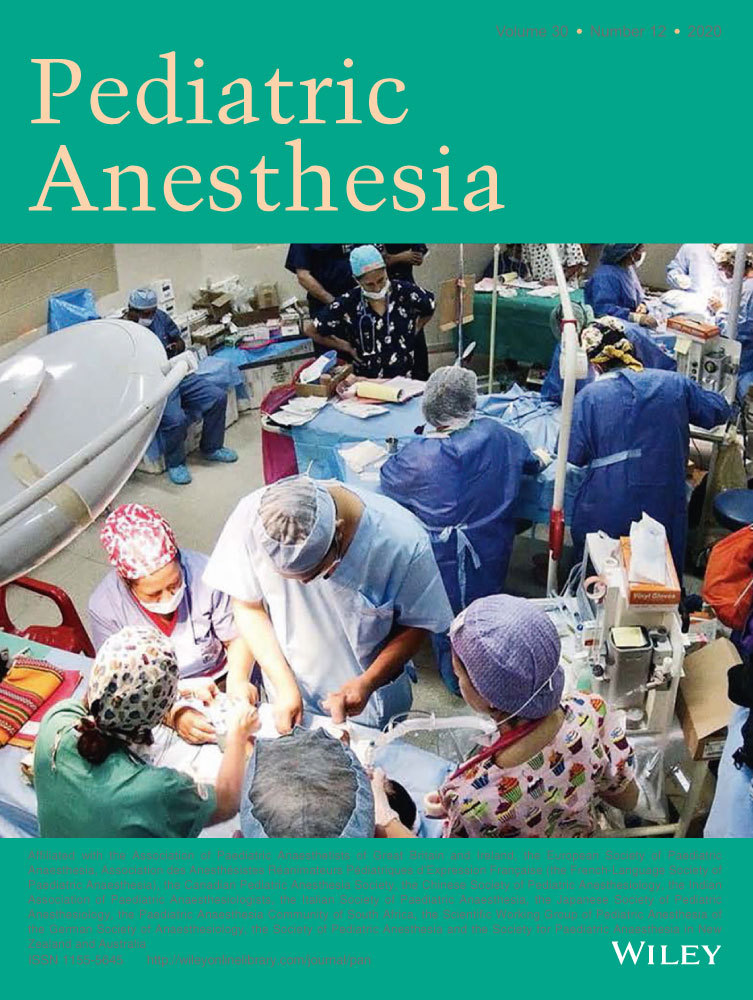2020 guidelines for conducting plastic reconstructive short-term surgical projects in low-middle income countries
Abstract
Many low- or middle-income countries (LMICs) continue to suffer from a lack of safe and timely essential and emergency surgery despite growing attention to this problem. Short-term surgical projects (STSPs) continue to play an important role in addressing LMIC unmet surgical need and strengthening local healthcare systems. Guidelines here present recommendations for performing plastic reconstructive STSPs for pediatric patients in a safe, ethical, and effective manner. These guidelines represent consensus physician expert opinions, assembled collaboratively by members of Volunteers in Plastic Surgery and the Society for Pediatric Anesthesia's global health committee, with broad input from physicians practicing daily in LMICs. Organizations must partner with hosts to thoughtfully plan and carefully execute STSPs. We outline crucial items to STSP success, including choice of host facility, team selection, patient selection, staffing, ensuring proper equipment and supplies, disinfecting reusable equipment, creation of a safety culture, and data collection for quality assessment/improvement and research. Patient factors are discussed and recommendations given for developing exclusion criteria, as well as for determining which patients and procedures may require the team to include expertise in pediatric anesthesia or critical care. We recommend that educational opportunities for hosts are sought and advanced to optimize education/training at both the resident and post-trainee levels. Host education during STSPs has become crucial as LMICs ramp up training at a time when their surgical volumes remain grossly behind well-resourced countries. Recommendations here aim to assist organizations, hosts, and volunteers as they navigate the enormously complex and ever changing STSP environment. Patient safety and transfer of knowledge and skills should be central concerns of all who participate in this highly rewarding endeavor.




